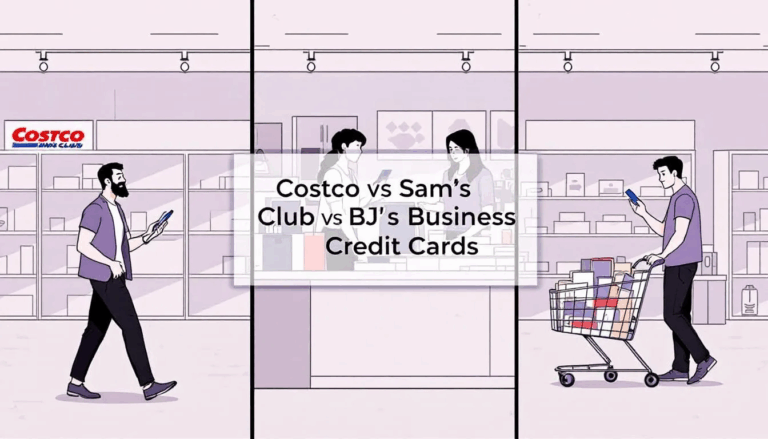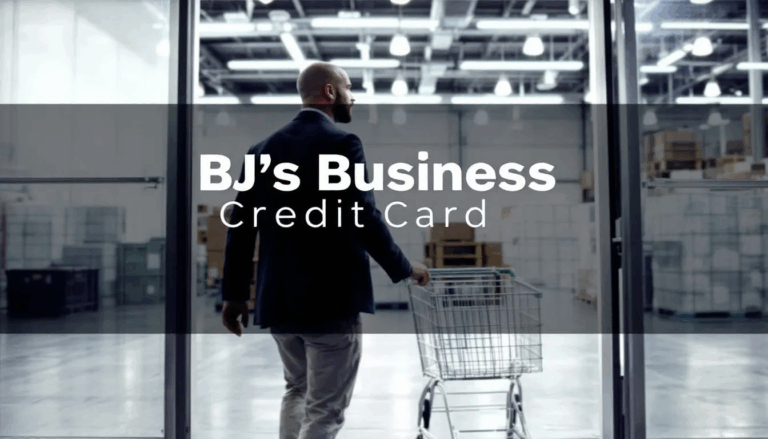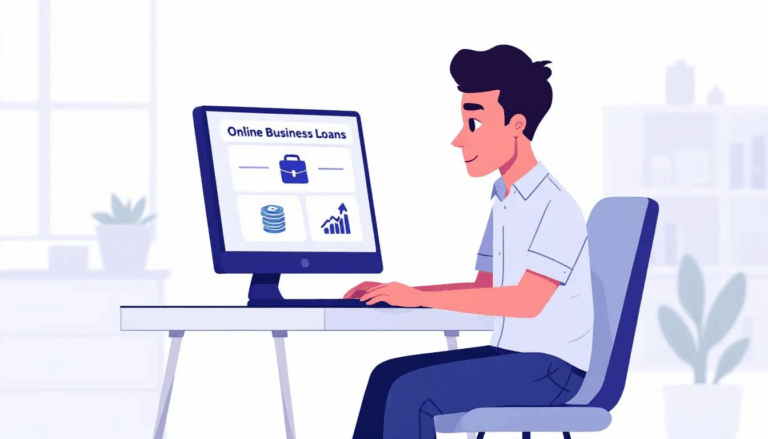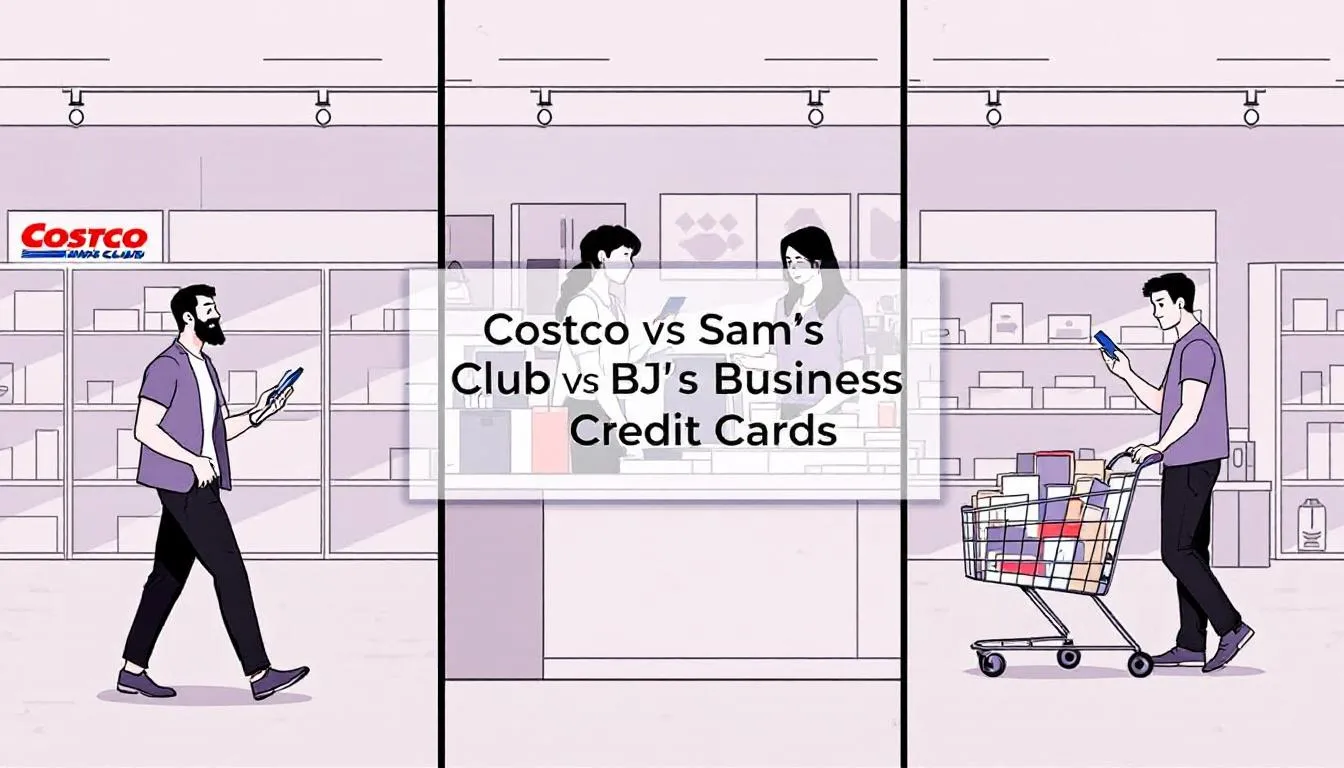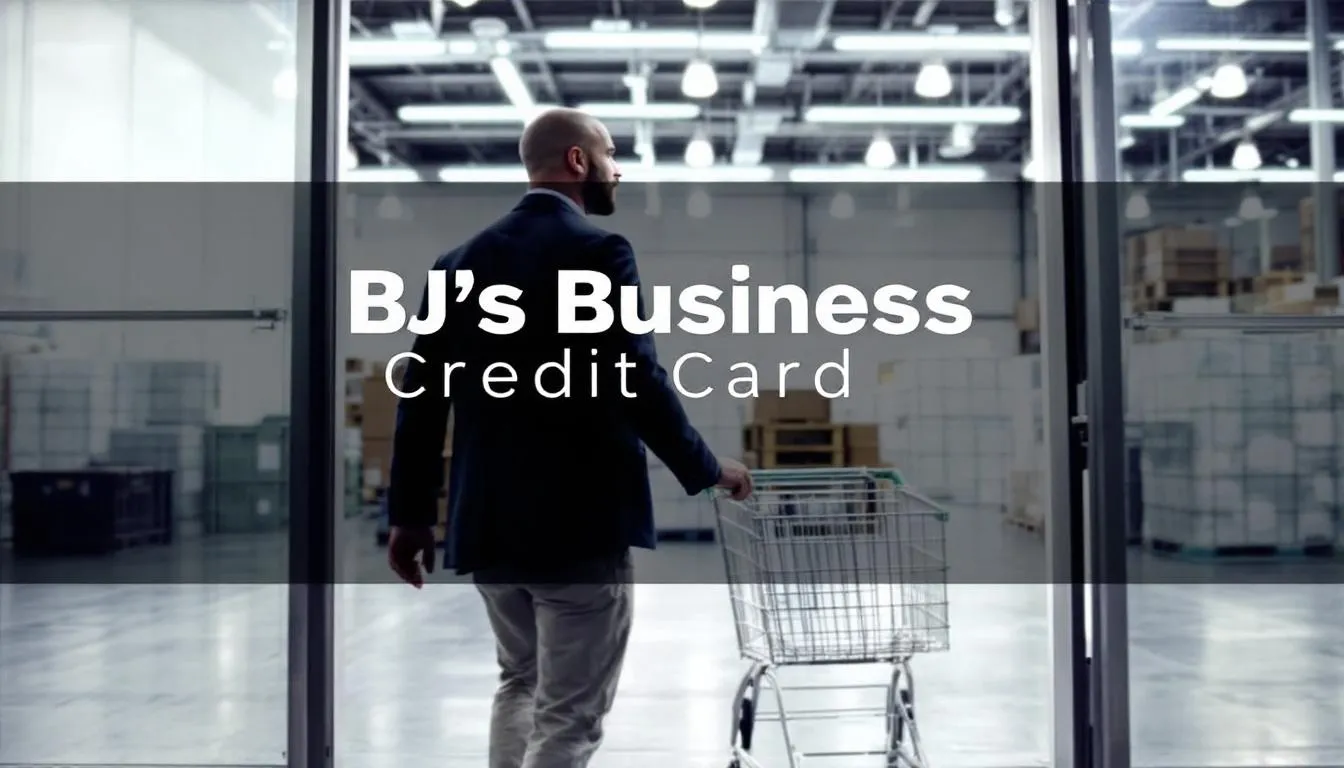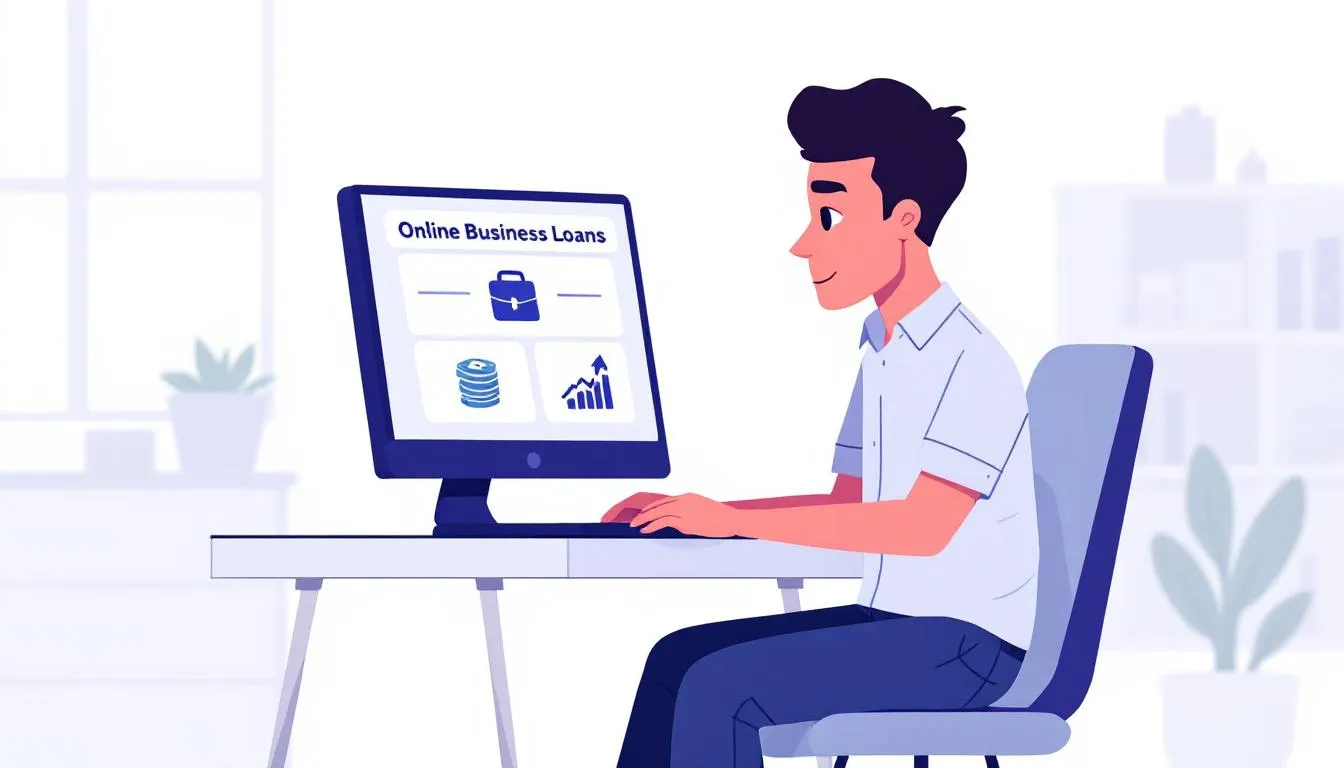What is Invoice Factoring?
Invoice factoring gives small businesses early access to working capital from unpaid invoices. When a business uses invoice factoring, it partners with a factoring company, also known as a factor.
Once approved, a business sells or factors its invoices in exchange for an immediate cash advance. The Factor purchases the invoices at a discount rate. It then issues a cash advance based on a fixed percentage of the invoice value, called the advance rate.
The Factor now owns the invoices and collects payment instead of the invoice seller. Once the customer pays the invoice, the Factor releases the remaining invoice value minus its fees.
Invoice factoring, also known as accounts receivable factoring, is easier to understand with an example. You may also see it listed as invoice financing, but this more commonly refers to securing a business loan using receivables as collateral.
Invoice Factoring Example
This example of construction invoice factoring presents the factoring process in its simplest terms. We will dig deeper into all the costs and fee structures later for a more real-world picture.
XYZ Construction has a factoring agreement with the following terms:
- Discount rate: 2%
- Advance rate: 90%
XYZ factors invoices totaling $10,000. The factoring company applies the discount rate of 2% and purchases the invoices for $9,800. However, it won’t send the total invoice amount at once.
Instead, the factoring company applies the 90% advance rate to the purchased amount of $9,800. The factoring company advances $8,820 by wire transfer within 24-48 hours.
The remaining $980 goes into a reserve account. Once the customer pays their invoice, the factoring company releases the reserve amount to XYZ Construction.
What are the Factoring Costs?
The total factoring cost depends on specific information about your business. Most factoring companies publish fee ranges or a starting fee, but you won’t know your precise fees until you apply and get a quote.
Factor Rate
The primary factoring fee is the discount rate, also known as a factor, factoring rate, or transaction fee. The factoring rate is the percentage retained by the factoring company for its services, which is often accompanied by other fees. It is a sales discount for the factoring company. Most factor rates range from 1% to 5%, but it depends on the company.
Invoice factoring rates usually apply per period that the invoices go unpaid. For example, if a company has a 2% factoring fee per 30 days, the fee applies every 30 days until the customer pays the invoice.
Some factoring providers charge a lower factor rate every week, such as 0.5% per week. The factoring agreement defines the specific rate and time period.
Additional Invoice Factoring Fees
Many factoring companies charge additional service fees. Some standard factoring fees include:
- Origination or initial filing fee: A one-time fee charged at the start of the factoring process. Not every factoring company charges an origination fee. It may also be called a percentage fee.
- Lockbox Fee: AKA a monitoring fee, it’s an extra fee for monitoring the reserve account. Most times, it’s unnecessary unless it significantly reduces the factor rate.
- Monthly minimum volume fee: A fee charged if a company fails to meet a defined monthly volume of invoices (measured in dollars).
- Monthly access fees: Some factoring companies charge extra to access the provided software.
- Same-Day Funding Fee: Some factoring companies charge an additional fee for same-day funding.
- ACH Fee: Also called a wire fee, some factoring companies charge a fee for initiating the wire transfer for funds.
- Application fee: Be cautious about factoring companies that charge an application fee.
Non-Recourse Factoring Fee
Recourse factoring means the business is liable for any unpaid invoices, which typically results in lower fees compared to non-recourse factoring. Non-recourse factoring means the factoring company takes responsibility if a customer doesn’t pay for a specific reason, such as bankruptcy. Since the factoring company assumes a greater risk with a non-recourse factoring agreement, the rates tend to be higher.
Recourse factoring is cheaper and less stringent, but non-recourse factoring does offer some financial protection. Most factoring companies prefer recourse factoring since they take less risk.
Are all Factoring Fee Structures the same?
No, every invoice factoring company structures its fees differently. Let’s examine different fee structures to understand the cost of invoice factoring better.
Flat Fee Structure
A flat fee is one of the most common factoring rate structures. You pay the same invoice factoring rate for every pre-determined term. For example, if your agreement stipulates a 2% fee for a 30-day invoice cycle, you’re charged 2% every 30 days the invoice remains unpaid.
Tiered-Fee Structure
In a tiered-fee structure, you pay the base rate for the first cycle, but then the rate goes up each period that customers don’t pay. Tiered-fee structures might come with a lower base rate but could get expensive if customers pay late.
Tiered-Fee Structure Example
- 0-30 days: 1%
- 31-45 days: 1.5%
- 46-60 days: 2%
- 61-75 days: 2.5%
- 76-90 days: 3%
- Beyond 90 days: 5%
Other Models
Other factoring companies use a combination of the two models. For example, it has a flat fee structure until a certain threshold is reached, and then a tiered fee structure takes effect.
Also, some companies use a discount plus margin model. In this structure, the company charges an interest rate in addition to the discount fee. For example, a company might charge PRIME + Margin.
Note: Be aware of hidden fees – some factoring companies may charge additional fees that are not disclosed. Carefully review the factoring agreement to understand all costs involved.
How do Factoring Companies determine fees?
Factoring companies review your business and customer payment histories to determine approval and fees. Here are the key metrics that determine fees.
Volume
One of the primary considerations is how many invoices your business factors during a month (in dollars). Companies with higher volumes are likely to get better rates. Some factoring companies require a minimum monthly volume to be approved.
Average Collection Time
Factoring companies look at your Days Sales Outstanding (DSO) to see the average amount of time it takes to collect invoices. The company needs to know how soon they will get paid. The lower the DSO, the lower the rate.
Customer Portfolio
Factoring companies look at the credit history of your customers and how many customers your business has. If a business only works with one or a few customers (high customer concentration), it’s riskier for the business. Factoring companies like to see a diverse base of reliable customers.
What are the pros & cons of Invoice Factoring?
✅ Pros of Invoice Factoring
- Fast access to cash: Get paid quickly without waiting 30–90 days for customers.
- Easier approval: Based on your customers’ credit, not your business credit score.
- Improves cash flow: Helps cover payroll, bills, and other short-term expenses.
- No new debt: It’s not a loan—you’re selling invoices, so there’s no repayment obligation.
- Flexible use of funds: Use the money for any business need without restrictions.
- Outsourced collections: Many factoring companies handle customer payment follow-up.
❌ Cons of Invoice Factoring
- Can be expensive: Fees can add up, especially with high-risk customers or small invoices.
- Customer relationships at risk: Your clients may notice the factor’s involvement in collections.
- Long-term contracts: Some factors require commitments that limit flexibility.
- Not ideal for all businesses: Works best for companies with consistent invoicing and reliable customers.
- May reduce profits: The fees reduce the total amount you receive for your services.
How to Apply for Invoice Factoring:
Follow these instructions to apply for invoice factoring through United Capital Source.
Step 1: Make Sure Your Customer is Reliable
Factoring invoices only works when your customers pay their invoices on time and in full. Ensure your customers will pay.
Step 2: Gather Your Documentation
When you apply, the factoring company needs to review the following documents:
- Driver’s license.
- Voided business check.
- Bank statements from the previous three months.
- Business tax return.
- Accounts receivable aging report, Accounts payable report, and debt schedule.
Step 3: Apply
You can complete our one-page application or contact us by phone to apply. Either way, you’ll need to provide the information above and the invoice amount you want to sell.
Step 4: Speak to a Representative
Once you apply, one of our representatives will contact you to discuss the fees and terms associated with the sale. You’ll get an upfront breakdown of all costs, so you don’t have to worry about hidden fees.
Step 5: Receive Approval
The entire process takes about two weeks to finalize. Funds will appear in your bank account 1-2 days after completing the application.
Frequently Asked Questions
Here are the most common questions about invoice factoring costs.
Why do small businesses use Invoice Factoring?
There are several reasons why small business owners use invoice factoring, also known as factoring receivables.
Quick Funding
Most factoring companies offer cash advances within 24-48 hours of factoring invoices. Quick access to working capital from invoices provides small businesses with more flexibility to operate, grow, and invest. Invoice factoring is easier to qualify for and provides faster funding than traditional bank loans.
Steady Cash Flow
It’s challenging to accurately predict cash flow when customers make slow payments that arrive at varying times. When a business factors invoices, it knows precisely when and how much it gets paid, making it easier to budget and stay on top of expenses. This helps improve cash flow to cover operational expenses.
Solve Working Capital Needs
Selling accounts receivable (A/R) assets is a form of working capital financing. Companies that factor invoices are usually trying to solve an immediate need, like making payroll or paying rent.
The Factoring Company Handles Collections
When a company buys accounts receivable (A/R) assets, it collects the invoice payments. Some businesses like that the Factor handles the back-office billing work. Companies that use whole ledger factoring don’t need a collections department.
How can my business lower Factoring Costs?
Lowering the cost of invoice factoring starts with understanding the elements that influence pricing. Factoring companies primarily base their rates on risk: the risk of non-payment, late payment, or inefficient collections. That means the more you can demonstrate financial responsibility and customer reliability, the better your chances of securing lower fees. The following strategies can help offset factoring costs.
Ensure Your Customers Have Good Credit
One of the most effective strategies is to factor invoices only from reliable, creditworthy customers. Since factoring companies assess risk based on your customers’ ability to pay, working with clients who have strong payment histories can lead to better terms. By presenting a book of invoices from trustworthy companies, you demonstrate that the likelihood of on-time repayment is high, thereby reducing their risk and potentially lowering your fees.
Improve Days Outstanding (DSO)
Another critical step is to improve your Days Sales Outstanding (DSO) and internal collections practices before engaging a factoring service. A lower DSO means you’re collecting payments for outstanding invoices more quickly, which signals to the factoring company that your customers pay promptly. If your collections process is already strong, the factoring company won’t have to work as hard to recover payments, resulting in more favorable pricing for you.
Perform Your Own Credit Approvals
You can also take initiative by performing your own credit checks on customers before invoicing them. This allows you to proactively identify high-risk clients and avoid factoring invoices tied to them. When factoring companies see that you’re screening your customers and reducing the likelihood of defaults or disputes, they may offer lower discount fees due to the reduced risk involved.
Increase Invoice Volume
Volume also plays a significant role. Factoring high volumes of invoices often leads to better rates, since it spreads the cost of servicing over more transactions. High-value invoices and a larger turnover generally lead to lower factoring fees. Factoring companies are more likely to offer discounts or negotiate better terms when they’re handling larger, predictable volumes of receivables.
Agree to Favorable Terms
Lastly, consider the terms of your factoring agreement. Contract flexibility can affect overall factoring costs, as some companies require a long-term commitment. While long-term contracts may come with lower per-invoice rates, they can lock you into unfavorable terms if your business needs change. On the other hand, a flexible or spot factoring agreement might cost more upfront but save you money over time if you only need occasional cash flow support. Continually evaluate whether the flexibility—or lack thereof—in your agreement aligns with your cash flow cycles and business goals.
By taking a proactive approach to customer vetting, internal collections, and contract terms, your business can effectively reduce factoring expenses while still benefiting from improved liquidity.
What else is included in the Cost of Factoring?
In a good factoring relationship, factoring fees pay for more than the factoring services. The cost of factoring also gets these benefits:
- Administrative support for accounts receivable.
- Flexibility on financing options.
- A way to finance the company while building credit.
Are the costs worth it for my business?
When thinking about the cost of factoring for your business, consider the question, “What’s the cost of not factoring?” If your business struggles with cash flow needs, invoice factoring could be the lifeline to meet those expenses and keep the business running.
Many small businesses fail due to a lack of cash flow to support day-to-day expenses. If invoice factoring keeps your business going, the cost is worth it.
On the other hand, if you think you can weather the storm or find less expensive business loans, those options make more sense. The only real way to know if it’s right for you is to compare factoring rates and run the numbers on your budget.
Final Thoughts on the Cost of Invoice Factoring
Invoice factoring is best for small businesses that need working capital and have reliable customers. Factoring invoices can be costly, but it’s worth it if it keeps your company afloat.
It’s essential to know the costs before signing a factoring agreement. Ensure you run the numbers and see what makes the most sense for your business.





